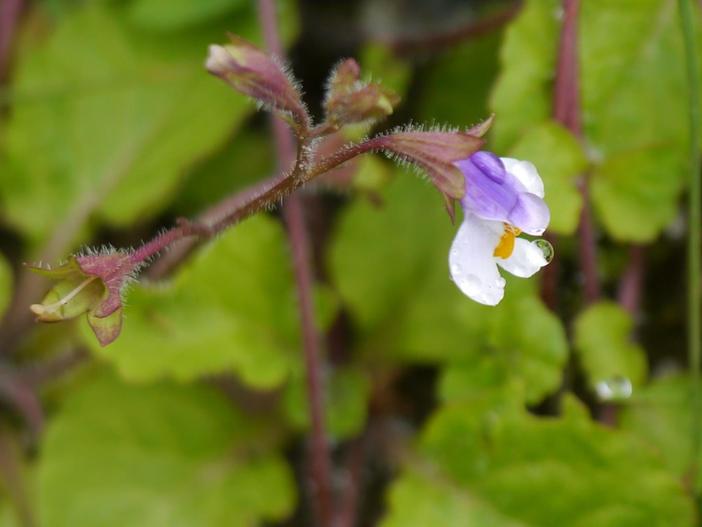Creeping Mazus
(Mazus surculosus)
Creeping Mazus (Mazus surculosus)
/
/

Dinesh Valke
CC BY-SA 2.0
Image By:
Dinesh Valke
Recorded By:
Copyright:
CC BY-SA 2.0
Copyright Notice:
Photo by: Dinesh Valke | License Type: CC BY-SA 2.0 | License URL: https://creativecommons.org/licenses/by-sa/2.0/ | Uploader: Dinesh Valke | Publisher: Flickr





Estimated Native Range
Summary
Mazus surculosus, commonly known as Creeping Mazus, is a semi-deciduous perennial herb native to moist meadows and stream banks in the Himalayas and Southwest China. It is a low-growing groundcover that reaches up to 8 cm (3.1 in) in height and spreads rapidly via stolons, which root at the nodes to form a dense mat. The obovate leaves are 2–7 cm (0.79–2.76 in) long, providing a lush green carpet. From June to July, it produces a profusion of blue or white flowers, each 4–8 mm (0.16–0.31 in) long, that are highly attractive to pollinators. The flowers are followed by smooth seeds contained within an ovoid capsule.
Creeping Mazus is valued for its ability to cover the ground quickly, making it an excellent choice for filling gaps in borders, creating a living mulch, or beautifying rock gardens. It thrives in part shade to full shade, preferring medium to high moisture levels, and adapts well to soils with medium or fast drainage. While it is not drought-tolerant, its low maintenance and tolerance of foot traffic make it a popular choice for garden paths and stepping stone areas. Gardeners should be aware that in ideal conditions, it can spread aggressively, potentially outcompeting less vigorous plants.CC BY-SA 4.0
Creeping Mazus is valued for its ability to cover the ground quickly, making it an excellent choice for filling gaps in borders, creating a living mulch, or beautifying rock gardens. It thrives in part shade to full shade, preferring medium to high moisture levels, and adapts well to soils with medium or fast drainage. While it is not drought-tolerant, its low maintenance and tolerance of foot traffic make it a popular choice for garden paths and stepping stone areas. Gardeners should be aware that in ideal conditions, it can spread aggressively, potentially outcompeting less vigorous plants.CC BY-SA 4.0
Plant Description
- Plant Type: Herb
- Height: 1-3 feet
- Width: 0.5-1.5 feet
- Growth Rate: Moderate
- Flower Color: Blue, White
- Flowering Season: Summer
- Leaf Retention: Semi-Deciduous
Growth Requirements
- Sun: Part Shade, Full Shade
- Water: Medium, High
- Drainage: Medium, Fast
Common Uses
Low Maintenance
Natural Habitat
Moist meadows and stream banks in the Himalayas and Southwest China
Other Names
Common Names:
Scientific Names: , Mazus surculosus,
GBIF Accepted Name: Mazus surculosus D.Don